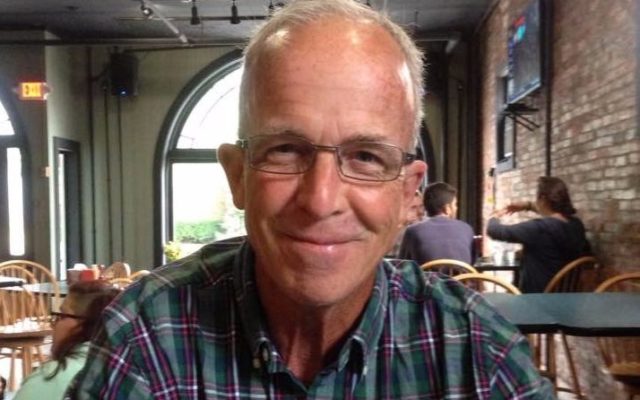
Quitting smoking? Think helium balloons
There it is again. A Facebook post from someone announcing they’ve not smoked a cigarette in 365 days. We see or hear more precise variations on that theme, such as, “I haven’t had a cigarette in 10 months, 20 days, 13 hours.”
Whenever I see or hear such declarations from smokers I think about helium balloons.
Six months after I quit smoking I started helping other people quit smoking. For a couple of years I was Area Director for the nonprofit Stop Smoking Clinics, Inc., Danvers, MA. At first I went through a period teaching classes at Connecticut hospitals. Then I accepted the nonprofit’s position as Area Director covering Maryland, Delaware, Washington, DC, and Northern Virginia.
My classes, often quite large, were held mostly in hospitals. The SSC, Inc. method for quitting was straightforward and individualized. Step one was finding out how many cigarettes each class member smoked a day, and what kind of cigarette. That info gave us each person’s daily nicotine intake. When I first enrolled I was smoking a pack a day of Pall Mall non-filter cigarettes. Some people in my classes smoked 10 cigarettes a day of very low-nicotine cigarettes. I can only recall a few very heavy smokers.
One man said he smoked five packs of cigarettes a day. It takes an average three-minutes to smoke one cigarette. At 20 cigarettes per pack, that man was spending five hours a day just smoking.
“What else do you do with your day?” I asked.
“I’m in my car all day. I’m a salesman,” he said.
Helping people stop smoking involved gradually reducing the daily number of cigarettes and the amount of nicotine. At the end of two weeks, class members had quit smoking.
But there was more to do.
During those two weeks, each person carried a small card and pen to note where/when they smoked each cigarette, and on a scale of 1-to-5, how strong was their craving for that cigarette. Five was the strongest craving. We added some behavior modifying, too, such as driving new routes to-and-from work, eating healthy, not sugary, foods, and smoking on the opposite side of your mouth.
What did we learn during those two weeks? Generally, no matter how many cigarettes we smoked daily, there were only about five “critical” cigarettes a day. With a written record of what was happening when our cravings hit, especially the strongest cravings, we could pinpoint the reason(s) we smoked. For most, the broad reason we smoked was to alleviate stress.
But what was causing us stress? When we identified the cause(s), then we could do something about it.
Single mothers had epiphanies over their slavish role with their kids. Many of these women described situations where their kids pretty much defined each day’s itinerary, and it was mom’s job to follow it to the letter. When these mothers said, “Whoa! Mom needs some time for herself,” some kids didn’t like it at first, but mom loved it.
Another common stressor was people in jobs they hated, or putting up with jerks in the workplace. Realizing there were other jobs out there, that they could do something to turn the jerks around, was freeing.
Eliminating or learning to positively cope with stressors isn’t always easy. In my teaching experience, however, I found eliminating or comfortably coping with stressors was essential to quitting smoking long term. And those ex-smokers reciting to the minute, how long it has been since their last cigarette, are holding onto a great burden. They are not actually smoking, but they are still giving smoking the same time and energy as before. Maybe moreso.
Quitting smoking comfortably is like a helium balloon. Don’t hold onto it. Learn to let it go. It will disappear.
Scott K. Fish has served as a communications staffer for Maine Senate and House Republican caucuses, and was communications director for Senate President Kevin Raye. He founded and edited AsMaineGoes.com and served as director of communications/public relations for Maine’s Department of Corrections until 2015. He is now using his communications skills to serve clients in the private sector.